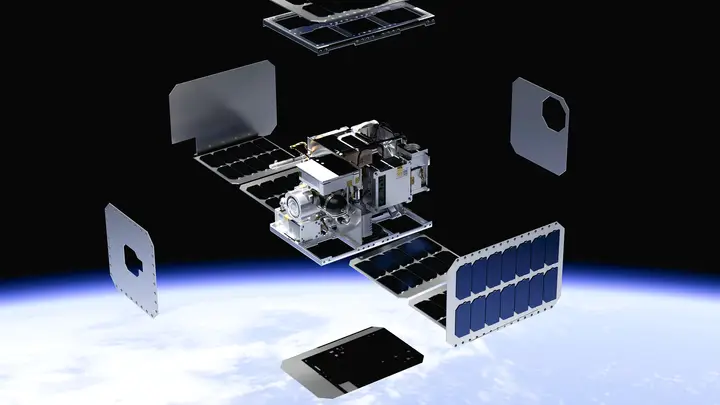
About the Project
When making spacecraft, every gram counts. Right now, satellites are crisscrossed with wires - wires which require significant shielding, adding weight and complexity.
The solution? Optical Camera Communication.
By using LEDs and a couple cameras to transfer data between components of a satellite, this heavy and complex wiring can be replaced by light.
This saves on weight, which saves on fuel costs and rocket size. We can also benefit from secondary reflections inside the satellite, allowing for new designs. And all those components are inexpensive. The weight saving alone can make a difference, as an extra kilogram of payload is reflected by 10-20 kg extra weight of overall rocket. Every gram counts.
We wouldn't be replacing every wire with optical camera communication (OCC), but for more than a few subsystems, especially those that don't need to transfer a lot of information, OCC will save on quite a lot of weight.







